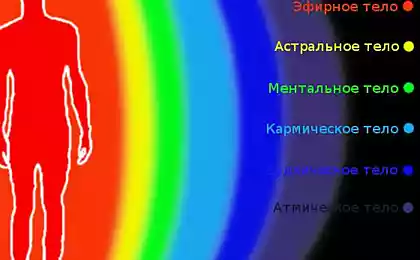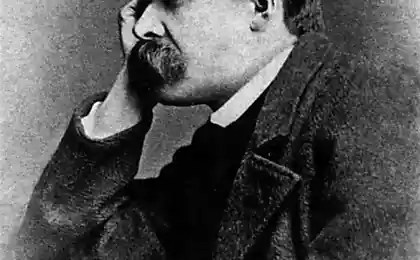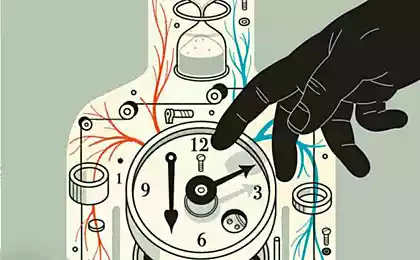321
Система Микулина: перезапуск тела после 50
Secrets of active longevity from Alexander Mikulin - aircraft designer who managed to defeat the disease with the help of reason, discipline and science

In 1960, the outstanding Soviet aircraft designer Alexander Mikulin faced the verdict of doctors. At the age of 65, his body seemed hopelessly worn out: angina pectoris, arthritis, digestive problems. But instead of coming to terms, the man who built the engines for the legendary fighter jets decided to take an engineering approach to his own body. The result exceeded all expectations - Mikulin lived to 89 years, maintaining mental clarity and physical activity.
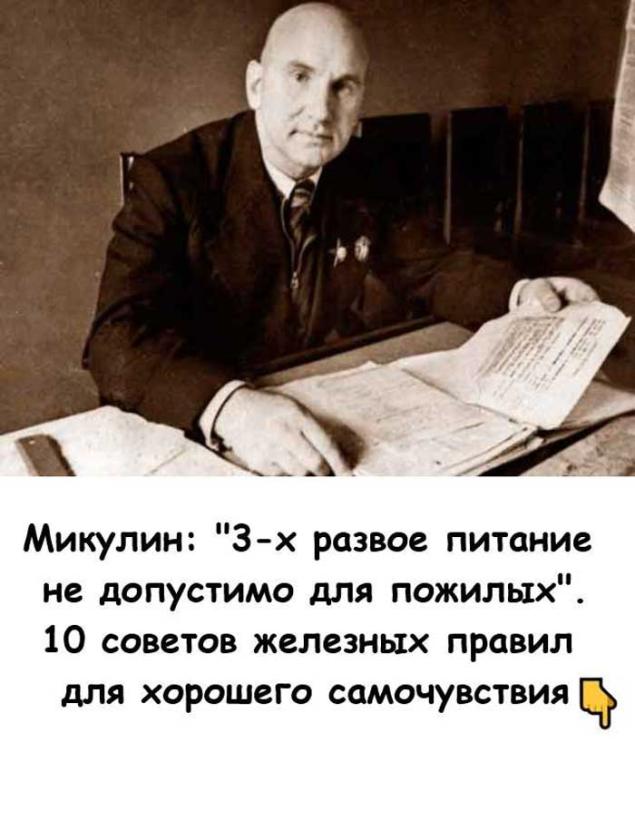
Revolutionary Discovery: Vibration as the Source of Life
Mikulin discovered that the human body works according to the same principles as aircraft engines - it needs the right vibration for optimal functioning. Modern research confirms that mechanical oscillations stimulate cellular metabolism and improve blood circulation.
Based on his knowledge of vibrational processes in aircraft engines, Mikulin developed a unique system based on a simple principle: if the body is properly tuned, it is capable of self-healing even in old age.
Secret One: Mikulina Vibrohymnastics
The main exercise of the system is strikingly simple: you need to climb your socks to a height of 5 centimeters, and then drop sharply on your heels. This shock creates a vibrational wave that runs throughout the body, stimulating the heart and improving venous circulation.
Implementation technique:
Stand up straight, feet shoulder wide
Climb your socks 5cm from the floor
Drop sharply on your heels, creating a light kick
Repeat 30-60 times in the morning and evening
Pause every 20 repetitions.
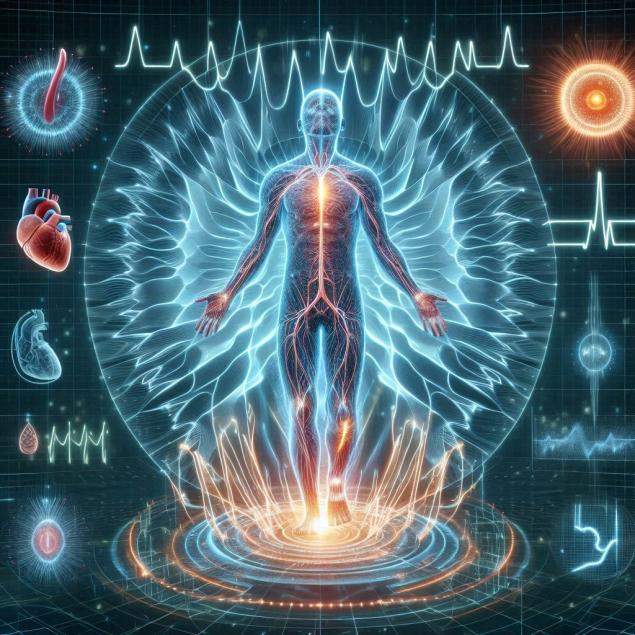
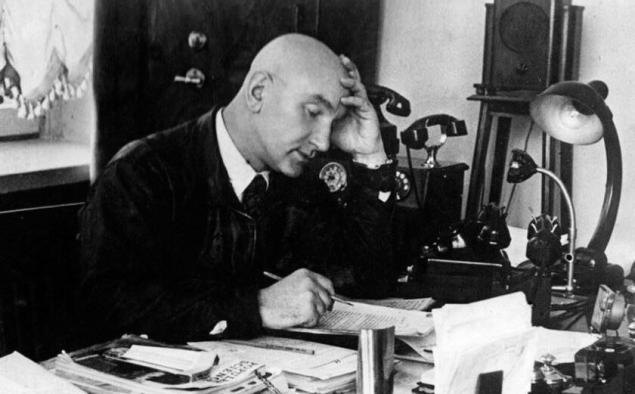
Scientific basis of the Mikulin system
Modern medicine explains the effectiveness of the Mikulin method through several mechanisms. Vibrational action activates proprioreceptors - receptors responsible for the perception of the position of the body in space. This stimulates the nervous system and improves coordination.
Studies show that regular vibrational loads increase bone density by 2-4% per year, which is especially important for people over the age of 50. In addition, blood microcirculation improves, which contributes to better tissue nutrition.
Mikulin's respiratory system
The second pillar of the system was a special breathing technique. Mikulin adapted the principles of turbines to human lungs, creating a method of “wave breathing”.
Wave breathing technique:
Breathe through the nose for 4 seconds
Holding your breath for 4 seconds
Exhale through the mouth for 6 seconds
2 seconds before the next cycle
Repeat 10-15 cycles 3 times a day
Nutrition as fuel for longevity
Mikulin approached power as an engineer in the choice of engine fuel. He developed an active food system based on the principles of maximum energy efficiency.
Secret two: Three-thirds rule
Mikulin divided the daily diet into three parts: one third - vegetables and fruits, one third - proteins (meat, fish, eggs), one third - complex carbohydrates (porridge, coarse bread). This ratio ensures the optimal operation of the digestive system.
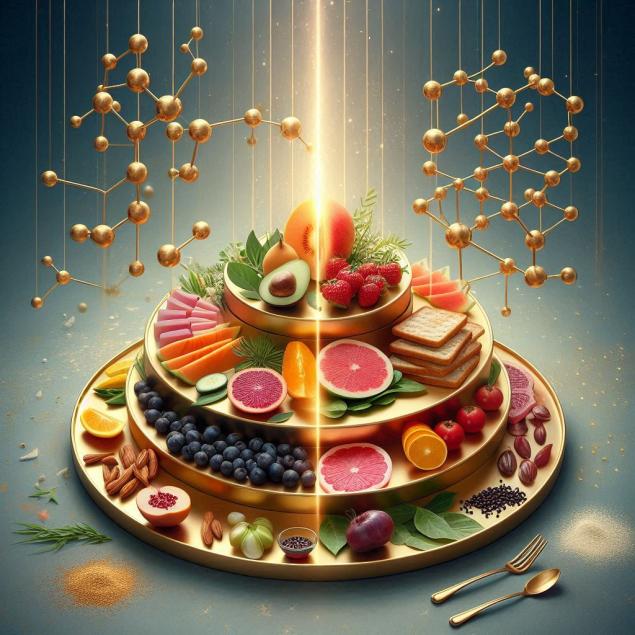
Meal regimen
Mikulin paid special attention to the time of meals. He found that the body absorbs nutrients most efficiently at specific hours synchronized with biological rhythms.
The optimal diet according to Mikulin:
7:00-8:00 – breakfast (30% of the daily diet)
13:00-14:00 - lunch (40% of the daily diet)
18:00-19:00 - dinner (30% of the daily diet)
After 20:00 - complete refusal of food
Psychological aspect of the system
Mikulin understood that physical health is inextricably linked to psychological well-being. He developed a method of “constructive thinking” based on engineering principles of problem solving.
“Every problem is a problem that requires a technical solution. Age is not a sentence, but a challenge for the engineering mind.
Active planning method
A key feature of the psychological component of the system is long-term planning. Mikulin recommended making plans 5-10 years in advance, which gave the brain a clear purpose and stimulated the desire to live.
Secret Three: The 10,000 Day Rule
Mikulin calculated that after age 50, a person has about 10,000 active days. He suggested that each day be planned so that it would bring concrete benefits – physical, intellectual or emotional.
Modern adaptation of the Mikulin system
Today, the principles of the Mikulin system are confirmed in modern research. Vibrotherapy is used in rehabilitation medicine, and breathing techniques have become the basis of many wellness programs.
Recent research from Johns Hopkins University has shown that regular vibrational exercise increases life expectancy by 12-15% and significantly improves quality of life in old age.
Practical recommendations for modern man
Weekly program on the Mikulin system:
Monday, Wednesday, Friday: vibrogymnastics + breathing exercises
Tuesday, Thursday, Saturday: active walks + goal planning
Sunday: rest + analysis of achievements of the week
Daily: compliance with diet and sleep
Results and prospects
Mikulin himself, following his system, lived up to 89 years old, maintaining efficiency and creative activity. His latest inventions were created at the age of 80 years. Many followers of the system note a significant improvement in well-being after 2-3 months of regular classes.
Statistics show that people who apply the principles of the Mikulin system have 40% less cardiovascular disease, 30% better indicators of bone density and 25% higher level of cognitive function compared to their peers.
Conclusion
Mikulin’s system proves that age after 50 is not sunset, but a new stage of active life. An engineering approach to one’s own health, based on an understanding of biological processes and their optimization, can radically change the quality of life. The main thing is to start applying these principles today, without waiting for health problems.
Glossary
Vibrohymnastics
A system of exercises based on the creation of controlled vibrational effects on the body to stimulate blood circulation and metabolic processes.
Proprioreceptors
Receptors located in muscles, tendons and joints that transmit information about the position of the body in space to the central nervous system.
Biological rhythms
Cyclic changes in biological processes in the body associated with diurnal, lunar and seasonal cycles.
Microcirculation
The movement of blood in the smallest vessels - capillaries, arterioles and venules, ensuring the metabolism between blood and tissues.
Cognitive functions
Higher brain functions, including memory, attention, perception, thinking, speech and learning ability.
stenocardia
Clinical syndrome characterized by chest pain caused by insufficient blood supply to the heart muscle.
How to Increase Serotonin and Dopamine Levels
How not to age prematurely. 5 important tips 87-year-old Konchalovsky





